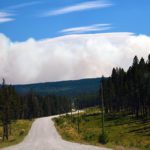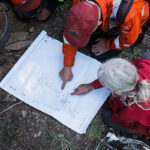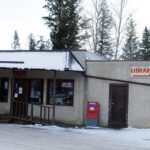Home »
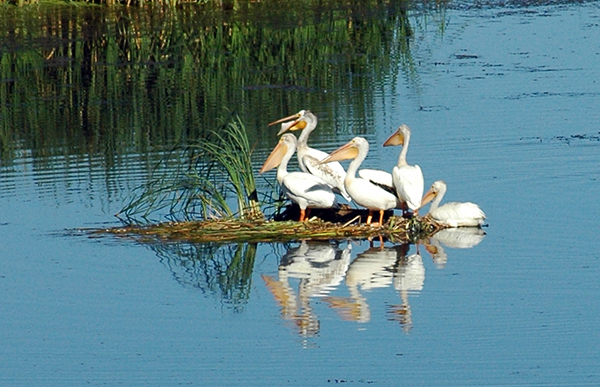
Fix Canadian mining now
By Rich Moy and Ric Hauer
Op-Ed Commentary
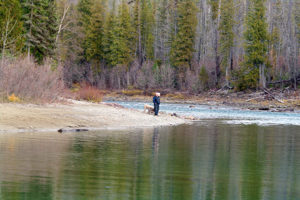
An international group of science and policy experts from the United States and Canada recently published a letter in the prestigious journal Science voicing concern for the poisoning of U.S. rivers stemming from Canadian headwaters.
The source of the contamination? Hard-rock and coal mining. We’ve known about the toxins flowing from British Columbia into downstream states for decades. However, the poisoning of U.S. waters from Canadian mining is about to get dramatically worse and will go on for centuries if it is not stopped, and stopped before it’s too late.
The Science article urged immediate action calling on the United States and Canada to jointly invoke the Boundary Waters Treaty of 1909 to resolve several transboundary water disputes. This would not be the first time U.S. citizens have looked to that treaty for protection from British Columbia’s mining industry. In 1985, a science panel convened by the treaty’s International Joint Commission (IJC) concluded that proposed Canadian coal mines along Glacier National Park’s northern border threatened irreparable damage to both the park and to downstream U.S. communities.
Additionally, the Commission recommended that no new mine could be built until the impacts could be mitigated to the satisfaction of both countries. That was the last time British Columbia allowed the treaty to be invoked on its borders, despite ongoing transboundary contamination and disputes.
For nearly two decades, U.S. regulators, scientists, governors, senators and tribes from all four border states have raised the alarm with British Columbia’s leadership concerning coal mining pollution coming into Montana and Idaho from massive coal mines in the Elk Valley and hard rock mining pollution threatening Washington and Alaska. These concerns have been met with silence and continued “business as usual.”
British Columbia’s mining laws are far weaker than those of the United States.
Canadian regulators know this. In 2016, British Columbia’s own Auditor General wrote a scathing report of the province’s mining operations in the Kootenai (Kootenay) River headwaters, saying that B.C. was permitting levels of selenium that threatened aquatic life and human health and safety. According to the report, “We found over a decade of neglect in compliance and enforcement program activities within the Ministry of Energy and Mines, and significant deficiencies within the Ministry of Environment’s activities.”
In February, the U.S. EPA expressed “serious concerns” about recent data showing mine toxins in downstream U.S. waterways. Despite that trend, Canada is approving mine expansions even as operators acknowledge that they are unable to control mine contamination and will continue to exceed both Canadian and U.S. pollution permits.
History shows that the Boundary Waters Treaty has worked effectively for more than a century. Indeed, transboundary water disputes are precisely why the treaty was signed in 1909 – to ensure that the two neighbouring countries would respect one another’s shared waters and protect one another’s communities.
It is noteworthy that the IJC has spent considerable effort over the past decade mitigating pollution from U.S. waters that flow north into Canada. Now is the time for Canada to address its pollution that flows south into U.S. waters.
The United States is not Canada’s settling pond, and our fisheries and communities should not pay the price for Canadian profits. The time has come to end transboundary mine pollution, to invoke the treaty, and to require mining corporations operating in British Columbia to clean up their mess, in both Canada and U.S. waters, once and for all.
We must insist on a prohibition on all new mining permits until Canada proves it can contain and mitigate its current and on-going contamination. We must demand financial assurances that guarantee U.S. taxpayers aren’t left paying the bill to clean up after Canadian companies.
Lead image: A ‘brief’ of pelicans in the Kootenai River wetlands north of Bonners Ferry, Idaho. Carrie Schafer/e-KNOW file photo
– Rich Moy, spent over 30 years working in water policy, planning and management in Montana and regionally and served as a U.S. Commissioner on the International Joint Commission from 2011 to 2019.
– Ric Hauer is Professor Emeritus at the University of Montana and Flathead Lake Biological Station. Both Rich and Ric have worked on Canadian mining issues since the late-1970s.
